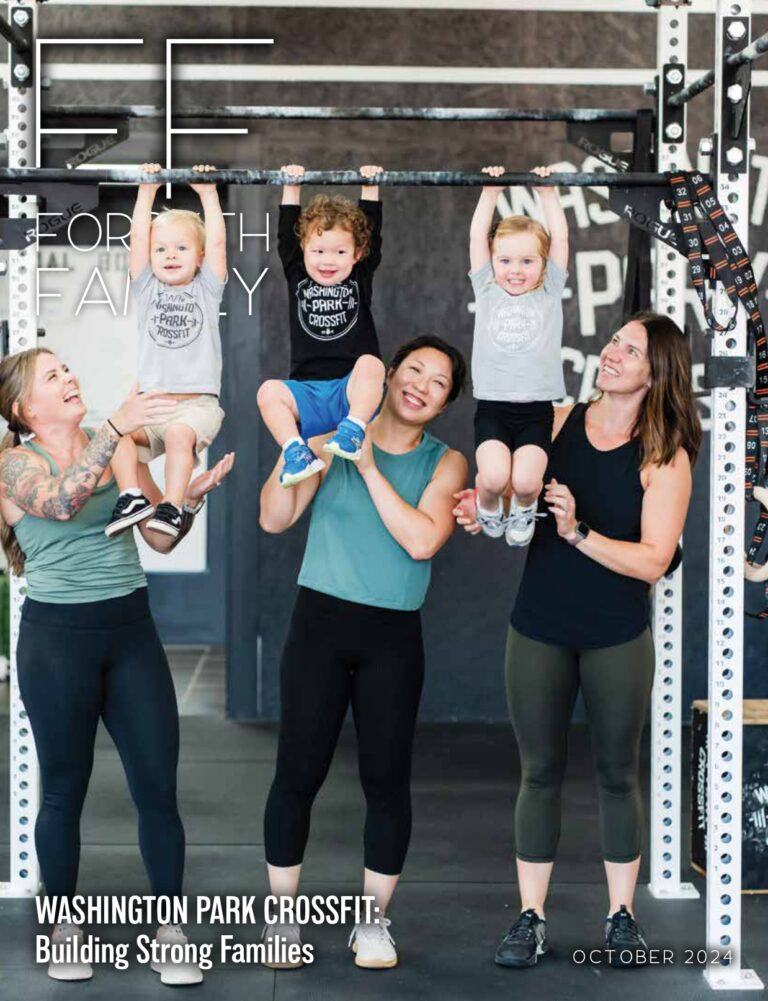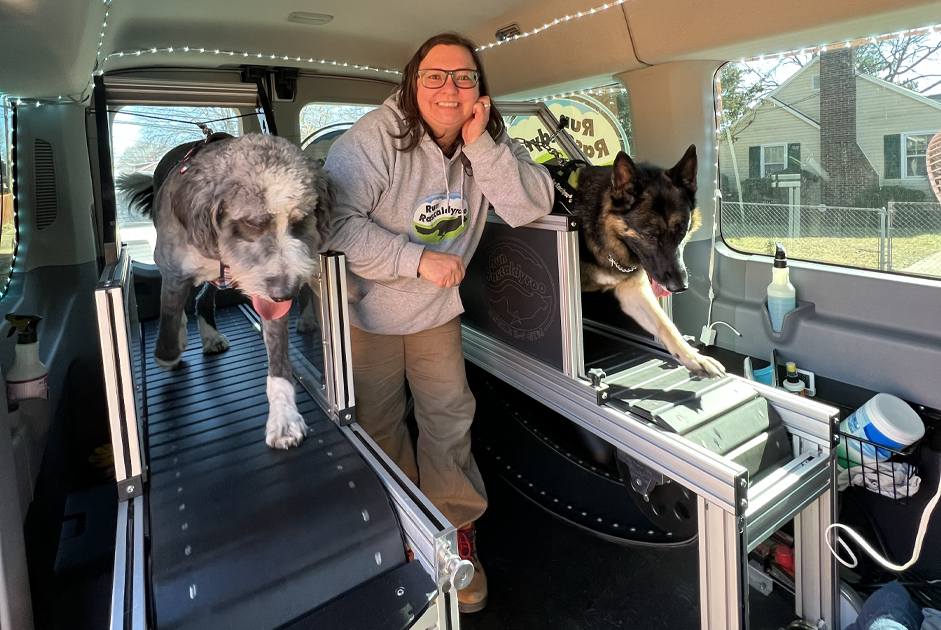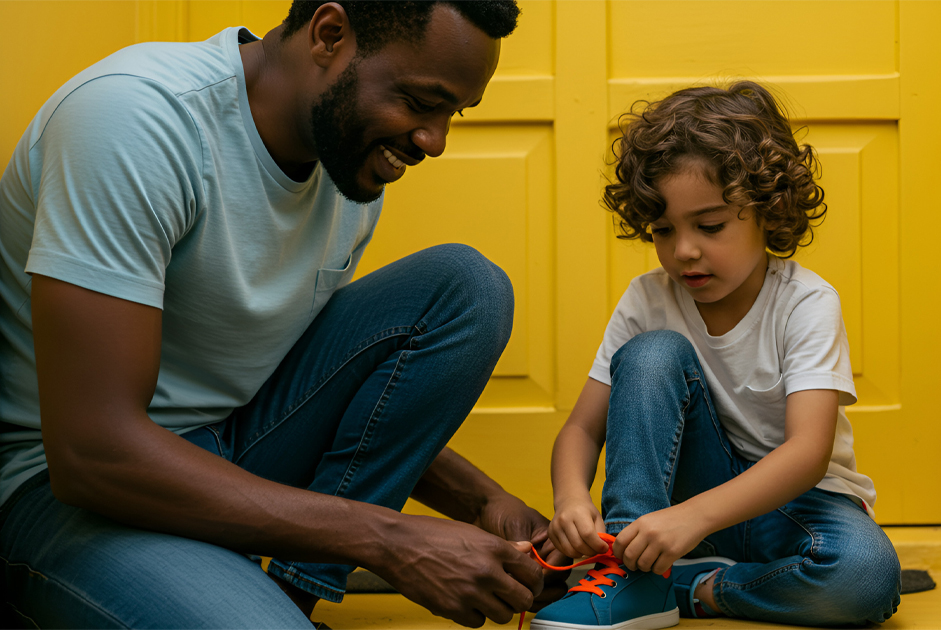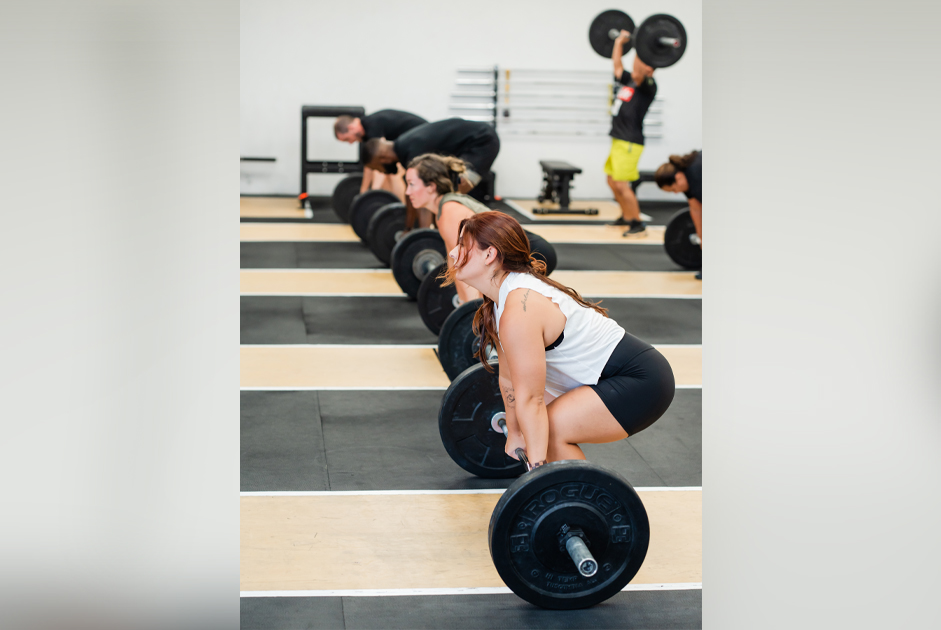Each month, this series will provide important facts and tips surrounding child safety in an effort to support parents and caregivers as they navigate reducing risks and creating the safest environment possible for the children in their lives.
As you are checking fun activities off your summer bucket list for your family, boating is definitely one to add to the list! It’s a great experience for learning and observing nature and wildlife while creating sweet childhood memories. The number one priority when bringing your youngest family and friends for a boating adventure is to ensure safety and reduce risk of any accidents.
In hopes of giving you the confidence to bring your toddlers and kids on the boat, we’re sharing careful preparation steps and safety guidelines that are easy to follow and crucial for a safe and fun summer out on the water.
#1 – Life Jacket Safety
Regardless of swimming ability, it’s critical to ensure that children are wearing US Coast Guard-approved life jackets that fit snugly for their size. A properly fitting life jacket will have the child’s weight and chest size specifications on the label. Before taking off, share safety rules and practice water safety drills with your kids while they have their life jackets on, so they understand how to float wearing it. It’s important to note that according to the U.S. Coast Guard’s Office of Boating Safety, “…babies should not travel on any type of boat until they are at the appropriate weight to wear an approved personal flotation device (PFD). This includes rowboats, kayaks, motorboats and sailboats.”
#2 – Create a Protected Area
When boating with young kids, designate an area on the boat that can be a safe space for them. Choose a spot without any clutter of tools, fishing gear or boating equipment that could be a hazard for them. If the boat is large enough, you can also install a safety gate or create barriers to prevent them from getting into unsafe areas without you. Teach children the basic rules of boating, such as staying seated, not running and keeping hands and feet inside the boat. If other caregivers are on board, let them know which space will serve a protection purpose, and make sure you’re on the same page for supervision to help kids stay where they are supposed to at all times.
#3 – Dehydration & Sun Damage
Most of the time, boating activities tend to include long hours of exposure to the elements which can cause harm to children and adults alike if not prepared. Always check the weather before your excursion to see how harsh temperatures will be, so you’re on extra alert of sunburn or dehydration risk. Pack lots of water and non sugary drinks, and ensure everyone is drinking regularly. Apply a broad-spectrum sweat proof sunscreen and reapply as needed to skin especially when swimming is involved. When choosing clothing and swimwear for the day, go for lightweight, long-sleeved clothing, such as rash guard swim shirts, and wear hats to stay extra protected.
Accidents & Injuries
Always be prepared for the unexpected with a first-aid kit, fire extinguisher and a throwable flotation device. Discuss and practice an emergency plan with all passengers, so everyone knows what to do in case of an accident. Even when you’re proactive, things can happen out of your control. If serious injury or accident occurs, contact the Coast Guard immediately letting them know your location.
Helpful Resources:
U.S Coast Guard – uscg.mil
- VHF-FM Channel 16 (156.8 MHz). If you’re using a cell phone, you can call *16 to directly reach Coast Guard Radio.



















